Home>diy>Building & Construction>How To Avoid Slips, Trips, And Falls In The Construction Industry
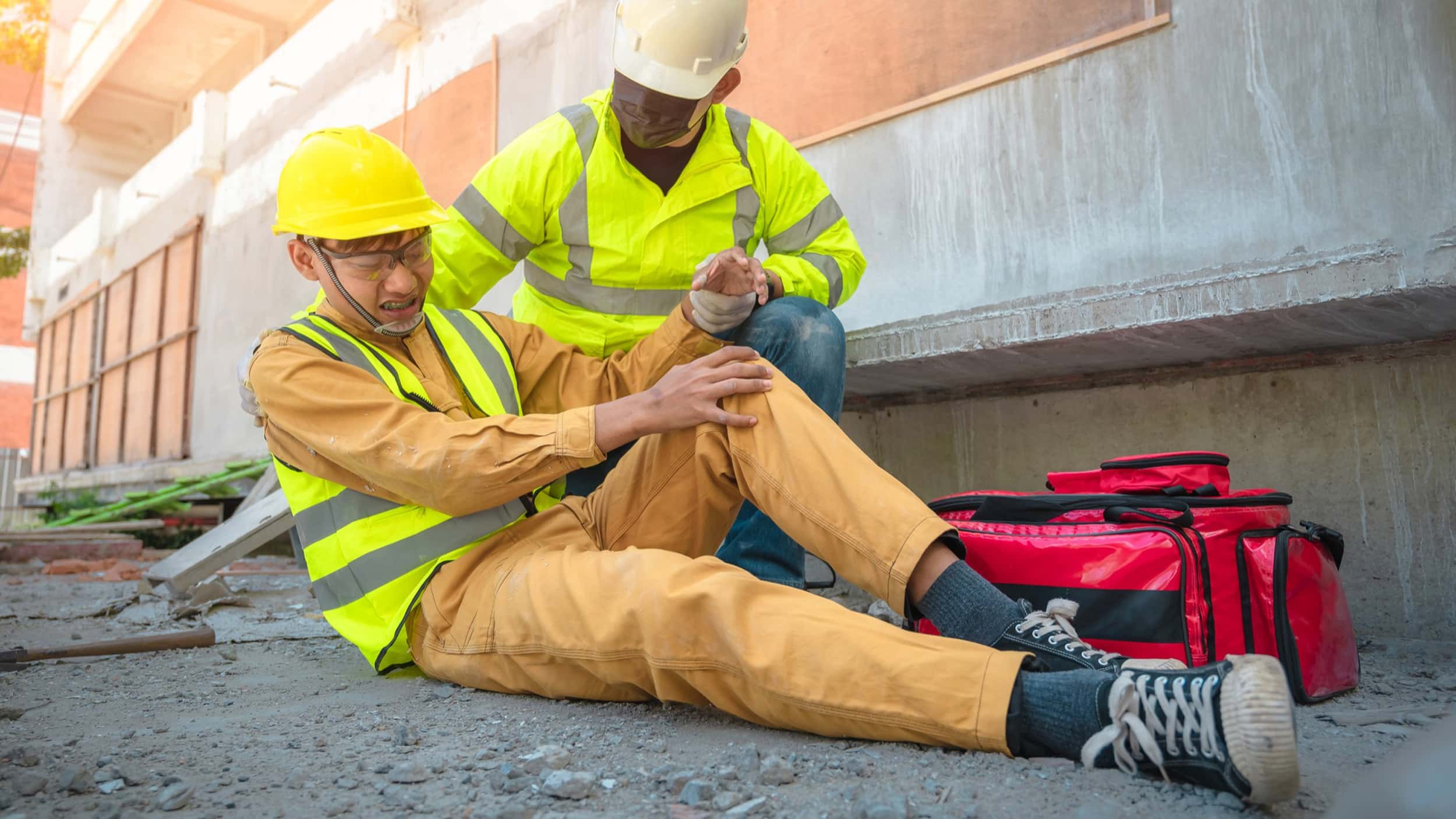

Building & Construction
How To Avoid Slips, Trips, And Falls In The Construction Industry
Modified: January 5, 2024
Learn essential tips and techniques to prevent slips, trips, and falls in the building construction industry. Protect your employees and maintain a safe work environment.
(Many of the links in this article redirect to a specific reviewed product. Your purchase of these products through affiliate links helps to generate commission for Storables.com, at no extra cost. Learn more)
Introduction
Welcome to the world of construction, where the art of building meets the precision of engineering. The construction industry is a dynamic and essential sector that plays a vital role in shaping our cities and infrastructure. While construction projects are exciting and offer numerous career opportunities, they also come with inherent risks. One of the most common hazards in the construction industry is slips, trips, and falls.
Slips, trips, and falls can result in serious injuries, ranging from broken bones to concussions. These accidents can cause significant delays in construction projects, resulting in financial losses for companies and increased insurance premiums. It is crucial for workers in the construction industry to be aware of the risks associated with slips, trips, and falls, and take necessary precautions to avoid them.
In this article, we will explore various strategies and best practices that can help you avoid slips, trips, and falls in the construction industry. By implementing these safety measures, you can create a safer and more productive work environment for yourself and your colleagues.
Key Takeaways:
- Prioritize safety through training, PPE, and organized worksites to prevent slips, trips, and falls in construction. Regular inspections and a safety-focused culture are essential for a safer work environment.
- Implement comprehensive safety policies, involve workers, and promote open communication to foster a culture of safety in the construction industry. Leadership commitment and continuous improvement are key to preventing accidents.
Understanding the Risks
Before we delve into prevention strategies, it is essential to understand the common causes of slips, trips, and falls in the construction industry. By recognizing these risks, you can proactively address them and minimize the chances of accidents occurring.
Uneven surfaces: Construction sites are often uneven and may have a variety of surfaces, including gravel, concrete, or even muddy terrain. These uneven surfaces can increase the risk of slips, trips, and falls if not properly navigated.
Weather conditions: Outdoor construction projects are susceptible to changing weather conditions, such as rain, snow, or ice. Wet or icy surfaces can become extremely slippery, making it easy for workers to lose their footing and fall.
Poor lighting: Insufficient lighting can make it challenging to identify potential hazards, uneven surfaces, or obstacles in the construction site, increasing the risk of accidents.
Cluttered work areas: Construction sites are often cluttered with tools, equipment, building materials, and debris. These obstacles can obstruct the pathway, leading to trips and falls if not properly managed or organized.
Lack of proper footwear: Wearing the appropriate footwear is crucial in the construction industry. Inadequate footwear or shoes with worn-out soles can reduce grip and stability, making workers more prone to slips and falls.
Now that we have identified the common risks associated with slips, trips, and falls, let’s move on to the preventive measures that can help minimize these risks and create a safer working environment.
Importance of Training and Education
One of the most effective ways to mitigate the risks of slips, trips, and falls in the construction industry is through comprehensive training and education. Properly trained workers are more aware of the potential hazards and know how to navigate construction sites safely. Here’s why training and education are essential:
Improved Hazard Awareness: Training programs educate workers about the various hazards present on construction sites and how to identify them. This includes recognizing potential trip hazards, understanding the risks associated with different surfaces and weather conditions, and being aware of the importance of good lighting.
Proper Safety Procedures: Training provides workers with knowledge of the correct safety procedures and protocols to follow when working in potentially hazardous areas. This includes learning how to use personal protective equipment (PPE), such as non-slip footwear, safety harnesses, and helmets.
Developing Safe Work Habits: Through training, workers develop good habits and behaviors that promote safety on construction sites. They learn how to maintain a clean and organized worksite, properly store tools and equipment, and minimize clutter and obstacles that can contribute to slips, trips, and falls.
Sharing Best Practices: Training sessions allow for the sharing of best practices and experiences among workers. Experienced workers can provide insights and advice based on their own experiences to help others avoid common pitfalls and stay safe on the job.
Compliance with Safety Regulations: Construction companies have a legal and ethical obligation to provide a safe working environment for their employees. Training ensures that workers are aware of their rights and responsibilities, as well as the safety regulations in place to protect them. This helps companies comply with applicable laws and regulations.
By investing in comprehensive training and education programs, construction companies can significantly reduce the risk of slips, trips, and falls in their workforce. These programs empower workers with the knowledge and skills they need to recognize and mitigate potential hazards, ultimately fostering a culture of safety on construction sites.
Proper Use of Personal Protective Equipment
Personal Protective Equipment (PPE) is a crucial aspect of ensuring the safety of workers in the construction industry. Proper use and implementation of PPE can greatly reduce the risk of slips, trips, and falls. Here are some key points to consider when it comes to PPE:
Non-Slip Footwear: One of the most important pieces of PPE for preventing slips and falls is appropriate footwear. Non-slip or slip-resistant footwear with good traction is essential for workers to maintain stability while walking on various surfaces. It is important to regularly inspect and replace worn-out footwear to ensure maximum effectiveness.
Safety Harnesses and Fall Arrest Systems: For work at heights or on scaffolding, safety harnesses and fall arrest systems should be used to prevent serious injuries from falls. It is crucial to ensure that the equipment is properly fitted, regularly inspected, and that workers are trained on how to correctly use and adjust it.
Head Protection: Hard hats and helmets are essential for protecting workers from head injuries in case of falls or falling objects. These should be worn at all times in areas where there is a risk of objects falling from above.
High-Visibility Clothing: Construction sites are often busy and filled with various workers and equipment. Wearing high-visibility or reflective clothing can help others identify workers and reduce the risk of collisions or trips caused by not being seen.
Respiratory Protection: Depending on the construction site, workers may be exposed to dust, fumes, or hazardous substances. Proper respiratory protection, such as masks or respirators, should be provided and used to prevent respiratory issues or compromised visibility due to poor air quality.
It is essential to educate workers on the proper use, maintenance, and limitations of PPE. They should understand how to properly wear and adjust the equipment to ensure maximum protection. Regular inspections of PPE should also be conducted, and any damaged or defective gear should be replaced immediately.
Remember, PPE is not a substitute for implementing other safety measures. It should be used in conjunction with proper training, hazard awareness, and a proactive safety culture to effectively minimize the risk of slips, trips, and falls in the construction industry.
Maintaining a Clean and Organized Worksite
A clean and organized worksite is essential for promoting safety and preventing slips, trips, and falls in the construction industry. When a construction site is cluttered, it increases the likelihood of accidents. Here are some key practices for maintaining a clean and organized worksite:
Regular Housekeeping: Implement a routine cleaning schedule to ensure the worksite remains clean and free of debris. Regularly remove waste, unused materials, and tools from walkways and working areas to minimize trip hazards.
Proper Waste Disposal: Establish designated areas for waste disposal and ensure that workers dispose of debris and waste in the appropriate containers. These containers should be regularly emptied to prevent them from overflowing and causing obstructions.
Organized Tool and Material Storage: Tools and materials should be stored in designated areas when not in use. Implementing clear labeling and organizing systems can help workers easily locate and access equipment and materials, minimizing the risk of tripping or falling.
Cable and Cord Management: Exposed cables and cords pose a significant trip hazard. Use cable management solutions such as ramps, cable trays, or tape to secure and organize loose cables and cords, keeping them out of walkways and work areas.
Spill and Stain Management: Promptly clean up spills and stains on floors to prevent slippery surfaces. Provide absorbent materials or spill kits in areas where liquids are used, such as oil or water-based paints.
Signage and Warning Systems: Use clear signage to indicate hazardous areas, changes in elevation, or upcoming obstacles. Warn workers of potentially dangerous conditions, reminding them to exercise caution and take appropriate steps to prevent accidents.
Regular Inspections: Conduct regular inspections of the worksite to identify and address any potential hazards or issues. This includes inspecting walkways, stairwells, scaffolding, and equipment to ensure they are in good condition and free from defects.
Keeping a clean and organized worksite not only reduces the risk of slips, trips, and falls but also improves overall efficiency and productivity. When workers can easily move about without obstacles or distractions, they can focus on their tasks and complete them safely and effectively.
Remember, maintaining a clean and organized worksite is an ongoing effort that requires the commitment and cooperation of all workers. By fostering a culture of cleanliness and organization, construction companies can greatly reduce the likelihood of accidents and create a safer working environment for everyone involved.
Eliminating Hazards and Potential Tripping Points
Preventing slips, trips, and falls in the construction industry requires identifying and eliminating potential hazards and tripping points. By proactively addressing these issues, you can create a safer work environment. Here are some strategies to consider:
Identify and Fix Uneven Surfaces: Conduct regular inspections to identify any uneven surfaces on the construction site, such as potholes, loose floorboards, or cracked pavement. Repair or replace these surfaces to ensure smooth and level walkways.
Secure Mats and Rugs: If mats or rugs are used to cover certain areas, ensure they are securely fastened to prevent them from sliding or becoming a tripping hazard.
Clear Pathways: Keep pathways clear of obstacles, tools, and debris. Encourage workers to promptly move equipment and materials to designated storage areas when not in use.
Install Handrails and Guardrails: Install handrails and guardrails in areas where there are changes in elevation, such as stairwells or ramps. These safety measures provide support and help prevent falls.
Secure Loose Cables: Use cable management solutions, such as clips or covers, to secure and minimize the visibility of loose cables that can pose tripping hazards.
Fix Leaks and Spills: Address any leaks or spills promptly to prevent the formation of slippery surfaces. Provide absorbent materials and make sure workers have access to proper cleaning supplies.
Proper Lighting: Ensure that the construction site has adequate lighting to enhance visibility and reduce the chances of trips and falls, especially in dimly lit areas or during nighttime work.
Implement Barricades and Warning Signs: Use barricades and warning signs to restrict access to hazardous areas or alert workers to potential dangers, such as wet floors or construction zones.
Encourage Communication: Foster a culture of open communication among workers to report and address potential hazards promptly. Encourage them to speak up if they notice any unsafe conditions that may lead to slips, trips, or falls.
Eliminating hazards and potential tripping points requires ongoing vigilance. Regular inspections, communication, and prompt action are essential in maintaining a safe construction site. By creating a hazard-free environment, you can significantly reduce the risk of accidents and create a safer working environment for all construction workers.
Always wear proper footwear with slip-resistant soles, keep work areas clean and free of debris, and use caution when walking on wet or uneven surfaces.
Proper Use of Ladders and Scaffolding
Ladders and scaffolding are commonly used in the construction industry to access elevated areas. However, if not used properly, they can pose significant risks of slips, trips, and falls. It is crucial to follow best practices for the safe use of ladders and scaffolding to prevent accidents. Here are some important guidelines to keep in mind:
Selecting the Right Equipment: Ensure that the ladder or scaffolding you are using is appropriate for the task at hand. Consider factors such as height requirements, weight capacity, and stability.
Inspection and Maintenance: Regularly inspect ladders and scaffolding before use to check for any damages, defects, or missing components. Repair or replace defective equipment immediately to avoid accidents.
Setting Up Ladders: Place ladders on stable, level ground and ensure that they are secured before ascending. Use ladder stabilizers or anti-slip devices to prevent movement or slipping.
Proper Climbing Techniques: Maintain three points of contact (two hands and one foot, or two feet and one hand) when climbing ladders. Face the ladder while ascending or descending, and avoid overreaching or leaning to maintain balance.
Securing Scaffolding: Ensure that scaffolding is securely anchored and properly assembled according to manufacturer instructions. Use guardrails, mid-rails, and toe boards to prevent falls and provide a safe working platform.
Regular Inspection of Scaffolding: Inspect scaffolding regularly to identify any damages or weaknesses. Pay attention to the condition of planks, guardrails, and support structures, and repair or replace any deficient components.
Safe Working Load: Stay within the recommended weight limits for ladders and scaffolding. Overloading can compromise stability and increase the risk of accidents.
Secure Tools and Materials: Ensure that tools and materials are properly secured on scaffolding platforms or ladder steps to prevent them from falling and causing injuries.
Proper Dismantling: Follow proper procedures for dismantling scaffolding or ladders. Do not rush the process and ensure that all components are safely removed and stored.
Training and Education: Provide workers with training on the safe use of ladders and scaffolding, including best practices, potential hazards, and emergency procedures.
Adhering to these guidelines when using ladders and scaffolding can significantly reduce the risk of slips, trips, and falls in the construction industry. It is crucial to prioritize safety, regularly inspect equipment, and provide proper training to ensure that workers can perform their tasks in a secure and stable environment.
Regular Inspection of Equipment and Machinery
In the construction industry, the proper functioning of equipment and machinery is vital to the safety of workers. Regular inspections help identify any potential issues or defects that could lead to slips, trips, and falls. Here are some key points to consider when it comes to the regular inspection of equipment and machinery:
Establish an Inspection Schedule: Develop a schedule for regular inspections of all equipment and machinery on the construction site. This ensures that inspections are conducted at appropriate intervals and potential issues are identified before they escalate.
Thorough Visual Examinations: Perform thorough visual inspections of equipment and machinery to check for any visible signs of wear, damage, or loosened parts. Pay attention to steps, handles, controls, and safety mechanisms.
Structural Integrity: Assess the structural integrity of equipment and machinery, ensuring that there are no cracks, bends, or other signs of structural weakness. Look for any sharp edges or protrusions that could cause cuts or injuries.
Moving Parts and Connections: Inspect moving parts and connections to ensure they are functioning properly and securely. Pay close attention to belts, gears, chains, and fasteners that may need adjustment or replacement.
Operational Safety: Test the functionality of safety features such as emergency stop buttons, guards, and locks. Ensure that all safety mechanisms are in good working condition and meet industry standards.
Fluids and Lubrication: Check fluid levels and lubrication points to ensure that equipment and machinery operate smoothly. Inadequate lubrication can lead to malfunctions, making them more prone to accidents.
Electrical Safety: Inspect electrical cords, switches, and plugs for any signs of damage or fraying. Ensure that all electrical connections are secure and properly grounded.
Document Inspection Findings: Keep a record of all inspections, including any identified issues and actions taken to address them. This documentation helps track maintenance and repair history, improving accountability and preventing recurring problems.
Prompt Maintenance and Repairs: If any issues are identified during inspections, take immediate action to address them. Repair or replace faulty equipment and machinery to prevent accidents and maintain a safe working environment.
Worker Training: Ensure that workers are adequately trained on the proper use, maintenance, and inspection of equipment and machinery. Provide them with the necessary knowledge and skills to identify potential hazards and report any concerns.
Regular inspections of equipment and machinery are essential for preventing slips, trips, and falls in the construction industry. By identifying and addressing potential issues early on, you can minimize the risk of accidents and maintain a safe working environment for all construction workers.
Implementing Safety Policies and Procedures
Implementing comprehensive safety policies and procedures is crucial in preventing slips, trips, and falls in the construction industry. These policies help establish a culture of safety and provide clear guidelines for workers to follow. Here are some key considerations when it comes to implementing safety policies and procedures:
Developing Safety Policies: Create safety policies that specifically address slips, trips, and falls. These policies should outline expectations, responsibilities, and consequences related to safety violations.
Training and Education: Provide workers with thorough training on safety policies and procedures. Ensure they understand the importance of following safety guidelines to prevent slips, trips, and falls in the construction industry.
Risk Assessments: Conduct regular risk assessments to identify potential hazards and areas of concern. This allows for timely implementation of safety measures to prevent accidents.
Communication Channels: Establish effective communication channels for workers to report safety concerns or incidents. Encourage open dialogue and ensure that workers feel comfortable reporting potential hazards or unsafe working conditions.
Regular Safety Meetings: Hold regular safety meetings to discuss safety policies, provide updates, and address any questions or concerns. These meetings also provide an opportunity to share best practices and reinforce safety protocols.
Emergency Procedures: Develop and communicate emergency procedures to be followed in the event of a slip, trip, or fall. Ensure workers are aware of the proper actions to take and the location of emergency response equipment.
Safety Equipment and Tools: Provide necessary safety equipment and tools to workers, including personal protective equipment (PPE), signage, safety barriers, and fall protection systems. Regularly inspect and maintain this equipment to ensure its effectiveness.
Record Keeping: Maintain accurate records of safety training, inspections, incident reports, and any corrective actions taken. This documentation helps monitor progress, track compliance, and identify areas for improvement.
Continuous Improvement: Regularly review and evaluate safety policies and procedures to ensure they remain effective and up to date. Incorporate feedback from workers and stay informed about industry best practices and regulatory requirements.
Lead by Example: Foster a culture of safety by demonstrating and promoting safe practices yourself. When leaders prioritize safety, it sets a positive example for the entire workforce.
By implementing robust safety policies and procedures, construction companies can significantly reduce the risk of slips, trips, and falls. These policies create a framework for maintaining safety standards and help create a work environment that prioritizes the well-being of workers.
Read more: What Industry Do Candles Fall Under
Promoting a Culture of Safety
A strong culture of safety is essential for preventing slips, trips, and falls in the construction industry. When every member of the workforce is actively engaged in promoting safety, the risk of accidents is significantly reduced. Here are some strategies for promoting a culture of safety:
Leadership Commitment: Leaders and managers must demonstrate a strong commitment to safety. They should actively participate in safety initiatives, set clear expectations, and lead by example. When leaders prioritize safety, it sends a powerful message to workers at all levels.
Worker Involvement: Involve workers in safety initiatives and decision-making processes. Encourage them to provide input, share ideas, and take ownership of their own safety as well as the safety of their colleagues. Workers who feel heard and valued are more likely to actively participate in promoting a culture of safety.
Regular Communication: Maintain open and ongoing communication regarding safety. Regularly share safety updates, reminders, and best practices. Consider utilizing various channels such as safety meetings, bulletin boards, newsletters, and email to effectively communicate safety-related information.
Recognition and Incentives: Recognize workers who consistently demonstrate a commitment to safety. Consider implementing an incentive program that rewards safe behaviors and promotes a positive safety culture. Recognition can be in the form of verbal praise, certificates, or even monetary rewards.
Continuous Training and Education: Provide regular training and education on safety procedures, new technologies, and industry best practices. Keep workers updated on any changes in regulations and standards. Encourage them to seek additional training and certifications to enhance their safety knowledge and skills.
Reporting and Investigation: Encourage workers to report near misses, incidents, and safety concerns without fear of reprisals. Conduct thorough investigations to identify root causes and implement corrective actions. Communicate the findings and lessons learned to prevent similar incidents in the future.
Peer-to-Peer Accountability: Foster a culture of peer-to-peer accountability, where workers look out for one another’s safety. Encourage them to intervene if they observe unsafe behaviors or conditions. Promote a sense of responsibility and empowerment among workers to make safety a collective effort.
Continuous Improvement: Strive for continuous improvement in safety practices by regularly reviewing and evaluating procedures and protocols. Solicit feedback from workers, gather input on potential safety improvements, and implement changes accordingly.
Regular Safety Audits: Conduct regular safety audits and inspections to assess compliance with safety protocols and identify areas for improvement. Act upon the findings, correct any deficiencies, and communicate the results to workers.
By prioritizing a culture of safety, construction companies can create an environment where everyone is collectively responsible for preventing slips, trips, and falls. A culture of safety not only reduces accidents but also instills a sense of trust, morale, and well-being among workers, ultimately leading to increased productivity and success in the industry.
Conclusion
Slips, trips, and falls pose significant risks in the construction industry, but with proactive measures and a focus on safety, these accidents can be prevented. By implementing strategies such as training and education, proper use of personal protective equipment, maintaining a clean and organized worksite, eliminating hazards, and regular equipment inspections, construction companies can create a safer working environment for their employees.
Training and education are paramount in equipping workers with the knowledge and skills to identify potential hazards and practice safe behaviors. This includes understanding the risks associated with uneven surfaces, poor lighting, cluttered work areas, and inadequate footwear. With proper training, workers can develop habits that promote safety and effectively navigate construction sites.
The proper use of personal protective equipment is another critical aspect of preventing slips, trips, and falls. Non-slip footwear, safety harnesses, hard hats, and high-visibility clothing all contribute to minimizing the risk of accidents. Regular inspections, maintenance, and replacement of PPE are essential to ensure its effectiveness.
Maintaining a clean and organized worksite is imperative in preventing trips and falls. Regular housekeeping, proper waste disposal, organized tool and material storage, and securing loose cables are all essential measures. Clear signage, barricades, and warning systems also contribute to a safer work environment.
Ladders and scaffolding are commonly used in construction projects, but their improper use can lead to accidents. By following proper protocols and conducting regular inspections, workers can safely access elevated areas and minimize the risk of falls.
Regular inspections of equipment and machinery are crucial. Conducting thorough visual examinations, ensuring structural integrity, and addressing any issues promptly help avoid accidents caused by malfunctioning equipment.
Implementing safety policies and procedures is vital in creating a strong safety culture. By developing clear policies, providing training, and promoting open communication, construction companies can foster a culture where safety is a priority for everyone.
Lastly, promoting a culture of safety requires leadership commitment, worker involvement, regular communication, recognition, and continuous training. By involving workers in safety initiatives, ensuring effective communication, and providing ongoing training, construction companies can create an environment where every worker actively contributes to a safer workplace.
In conclusion, preventing slips, trips, and falls in the construction industry requires a multifaceted approach that combines proper training, the use of personal protective equipment, maintaining clean and organized worksites, inspecting equipment regularly, implementing safety policies, and promoting a culture of safety. By implementing these strategies and instilling a strong emphasis on safety, construction companies can protect their workers, prevent accidents, and create a thriving and successful industry.
Frequently Asked Questions about How To Avoid Slips, Trips, And Falls In The Construction Industry
Was this page helpful?
At Storables.com, we guarantee accurate and reliable information. Our content, validated by Expert Board Contributors, is crafted following stringent Editorial Policies. We're committed to providing you with well-researched, expert-backed insights for all your informational needs.
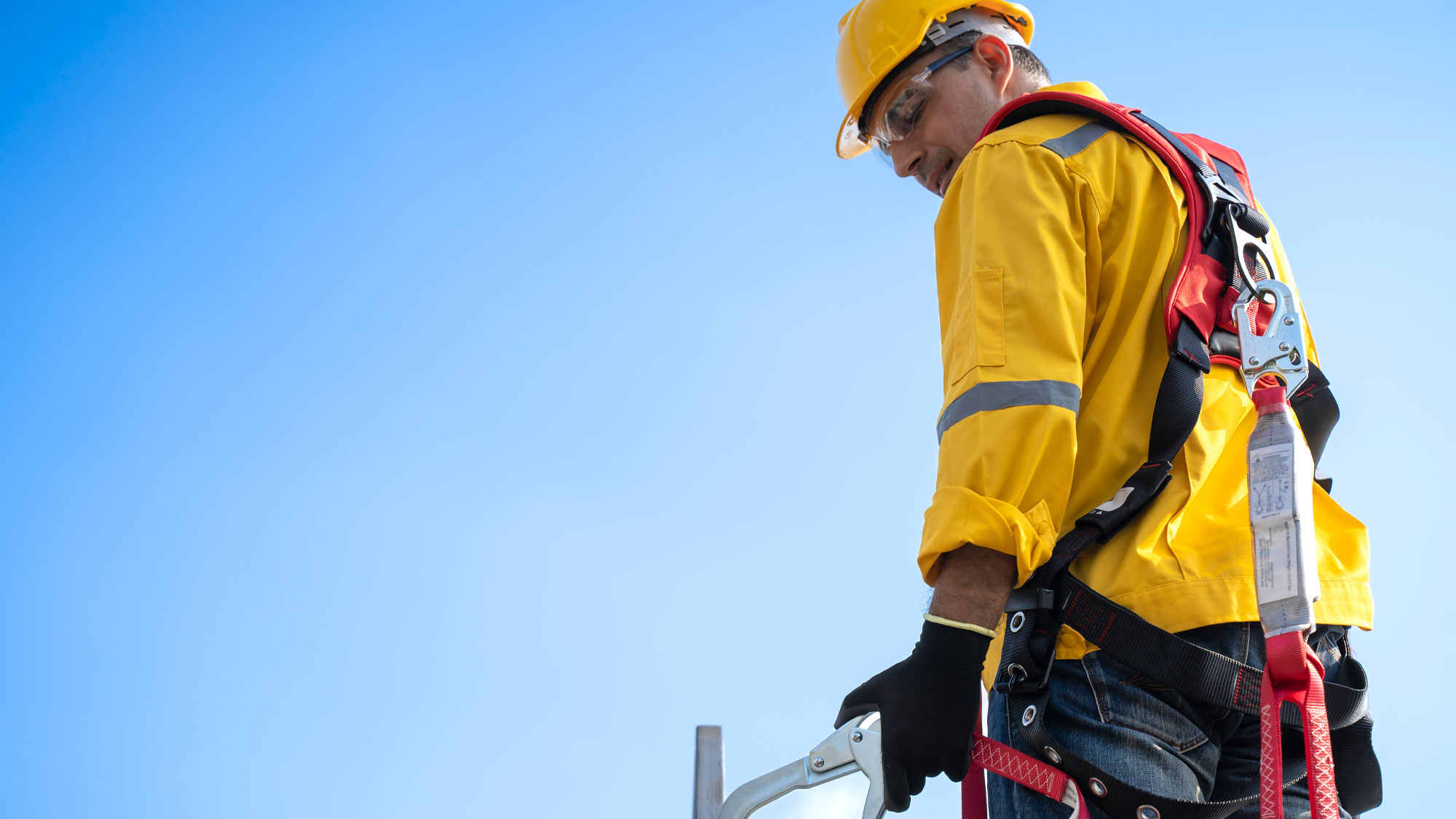
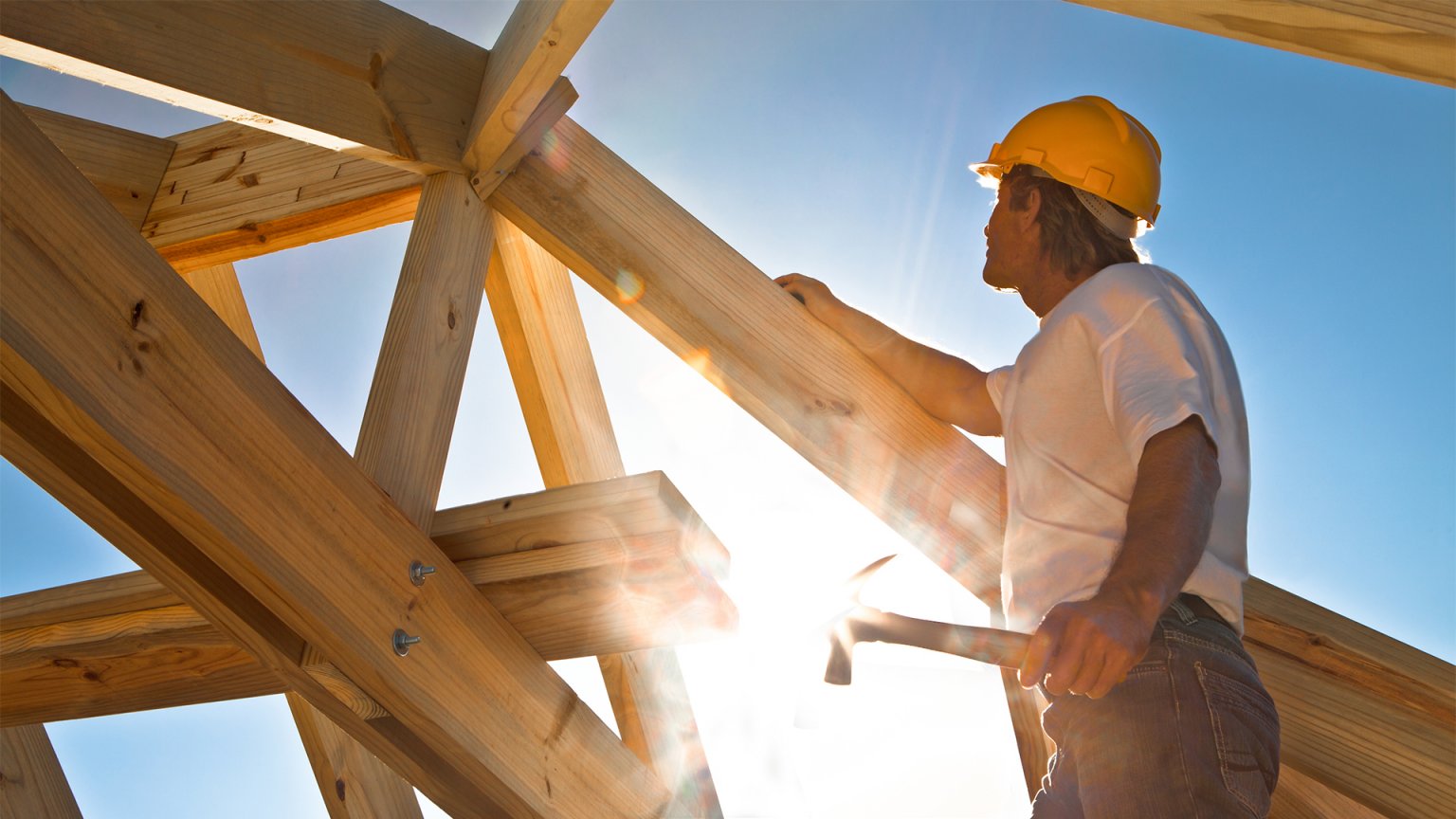
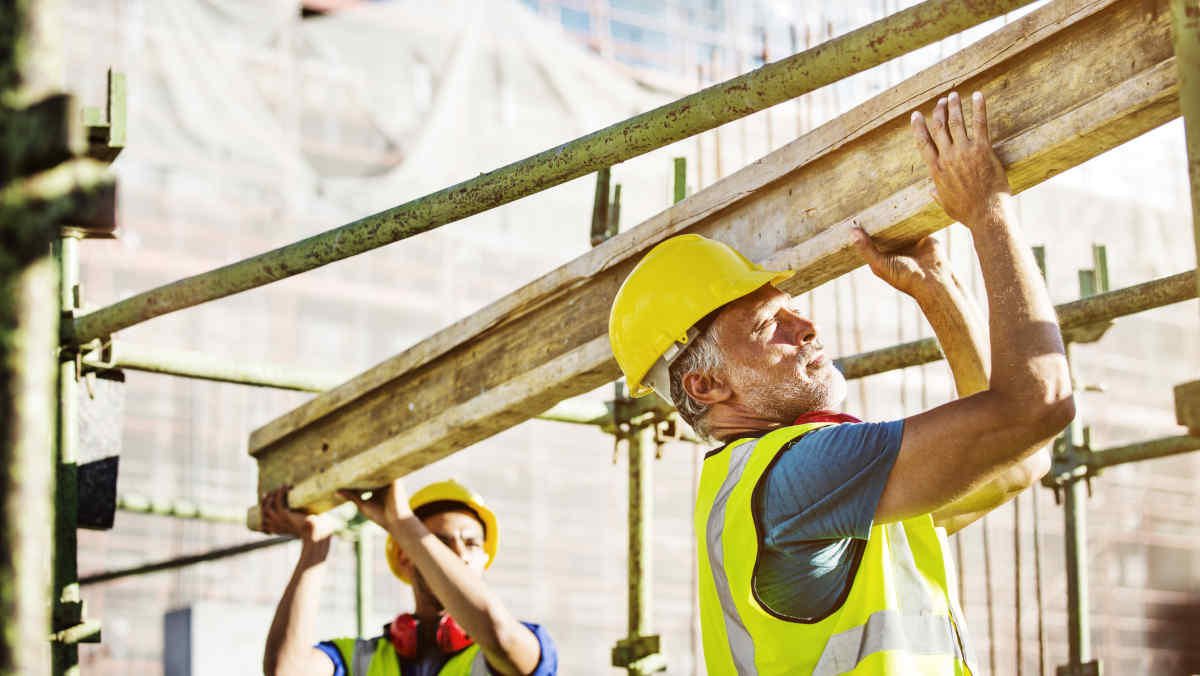
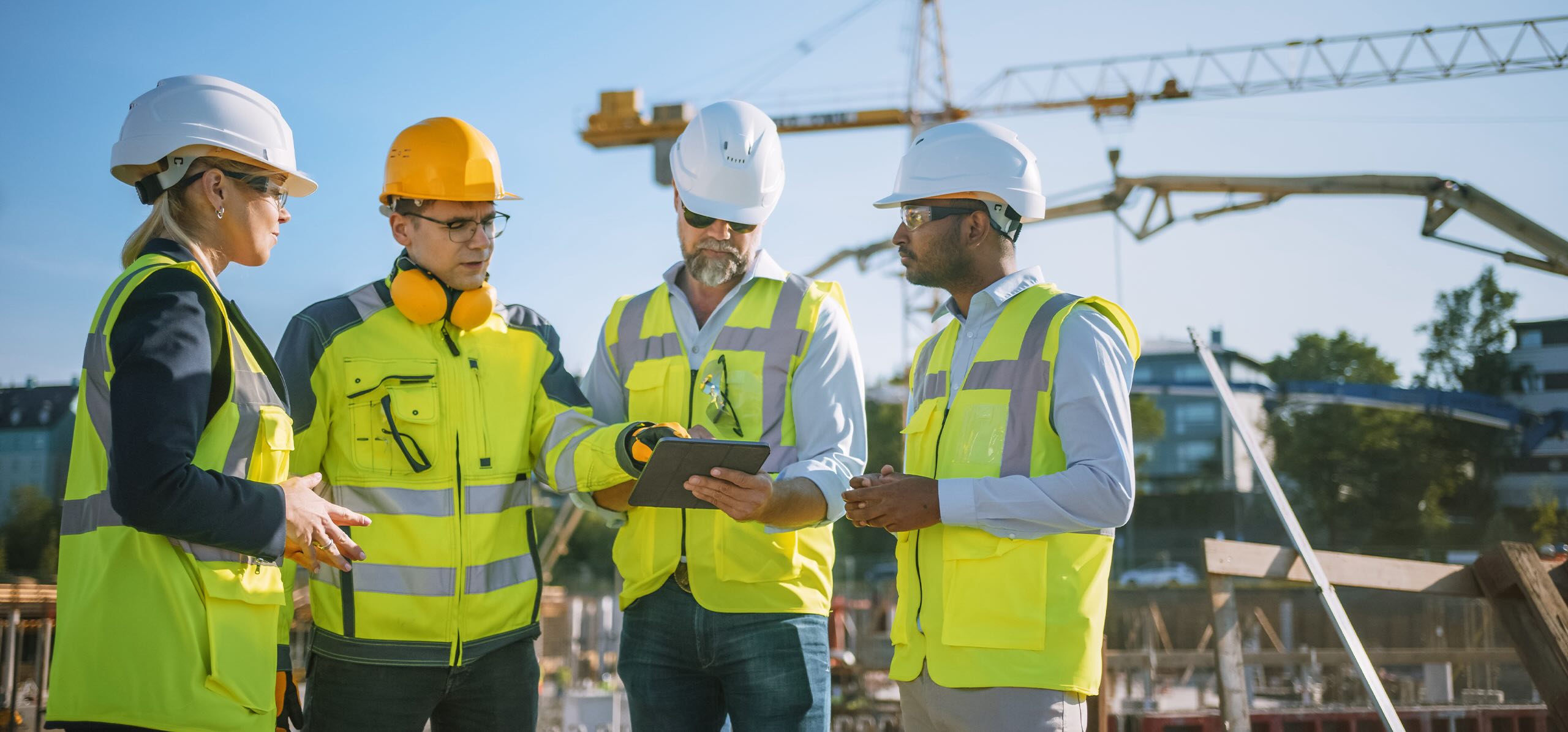

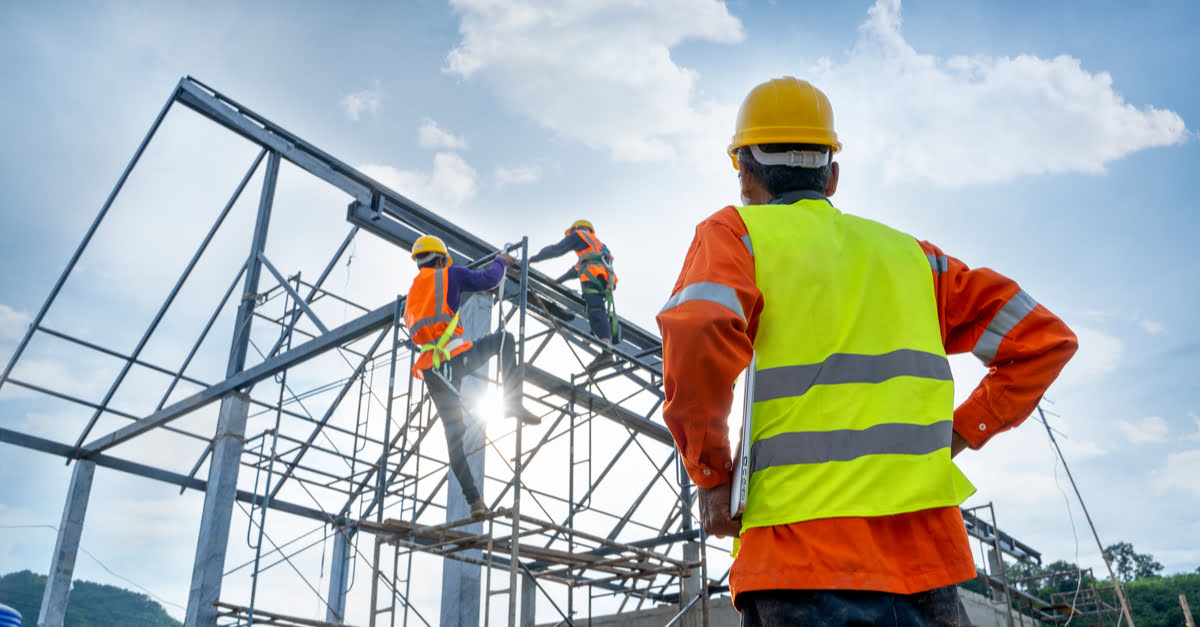
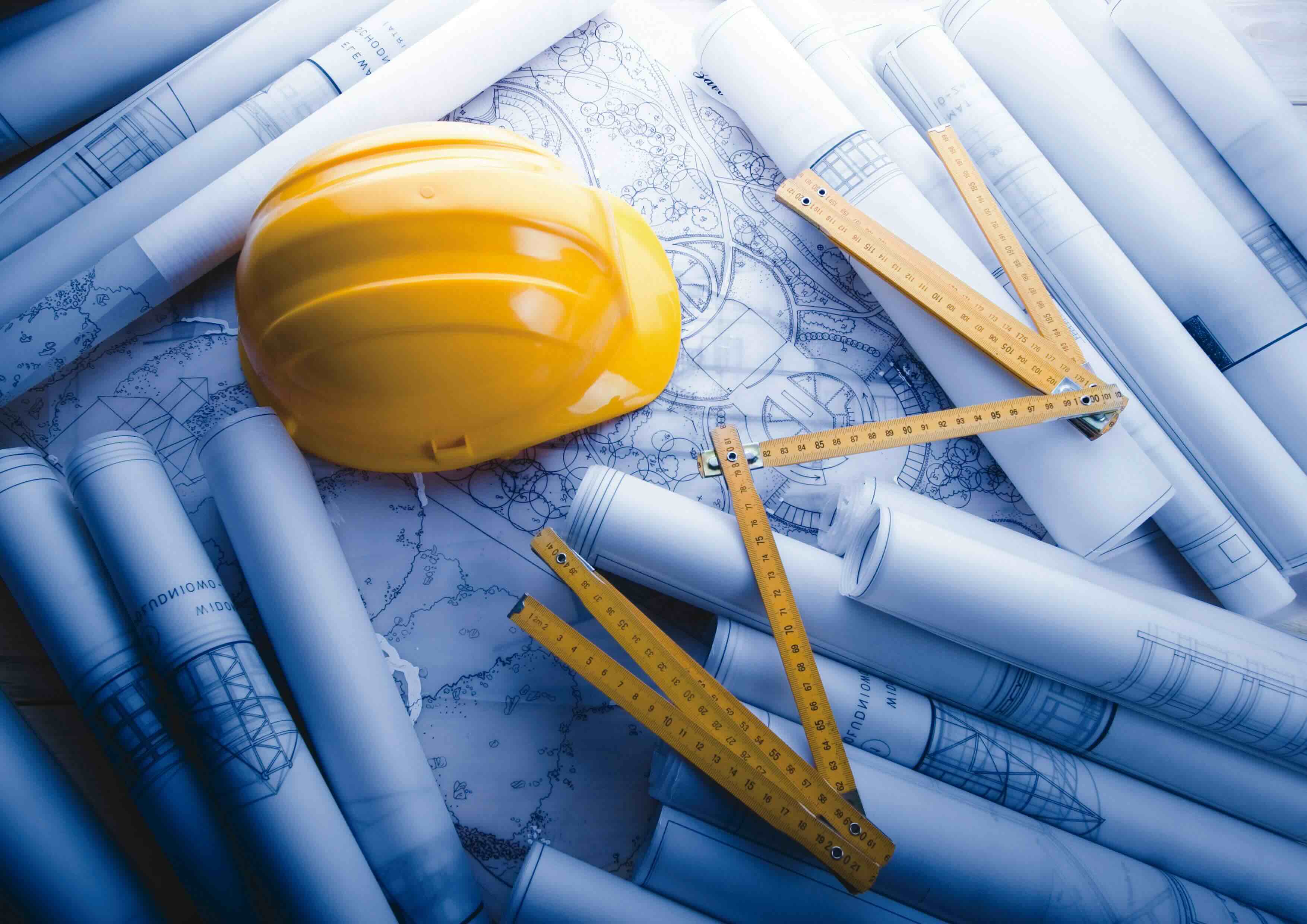
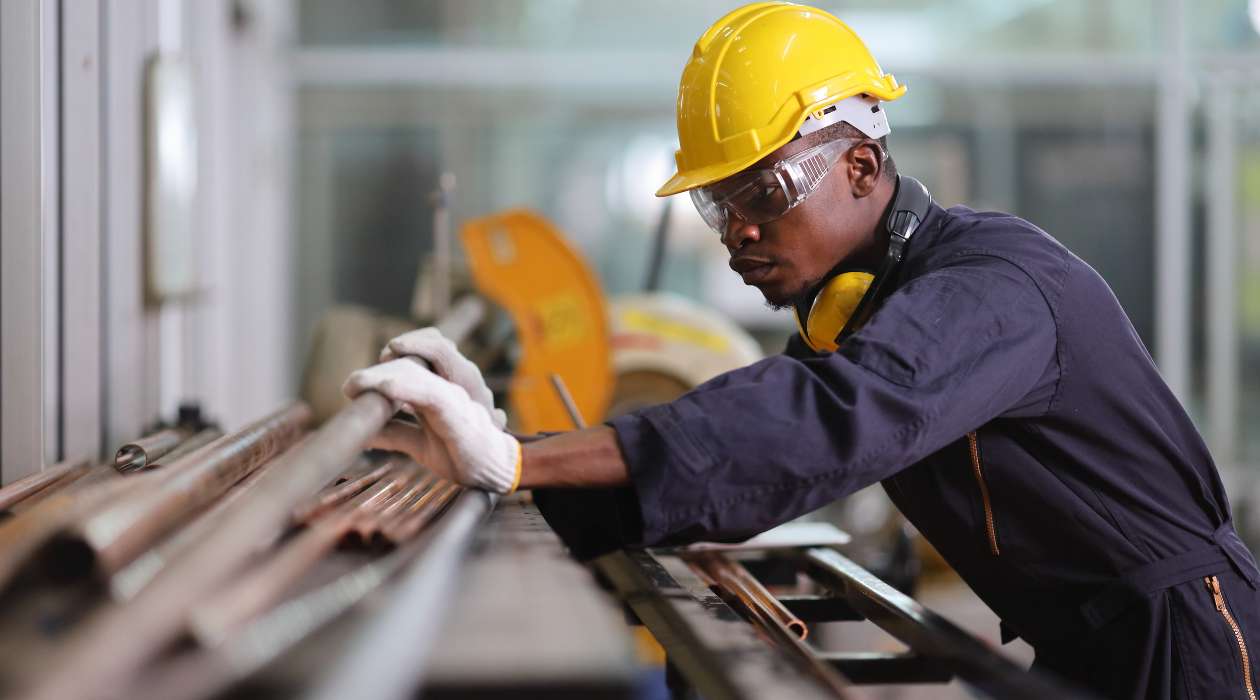
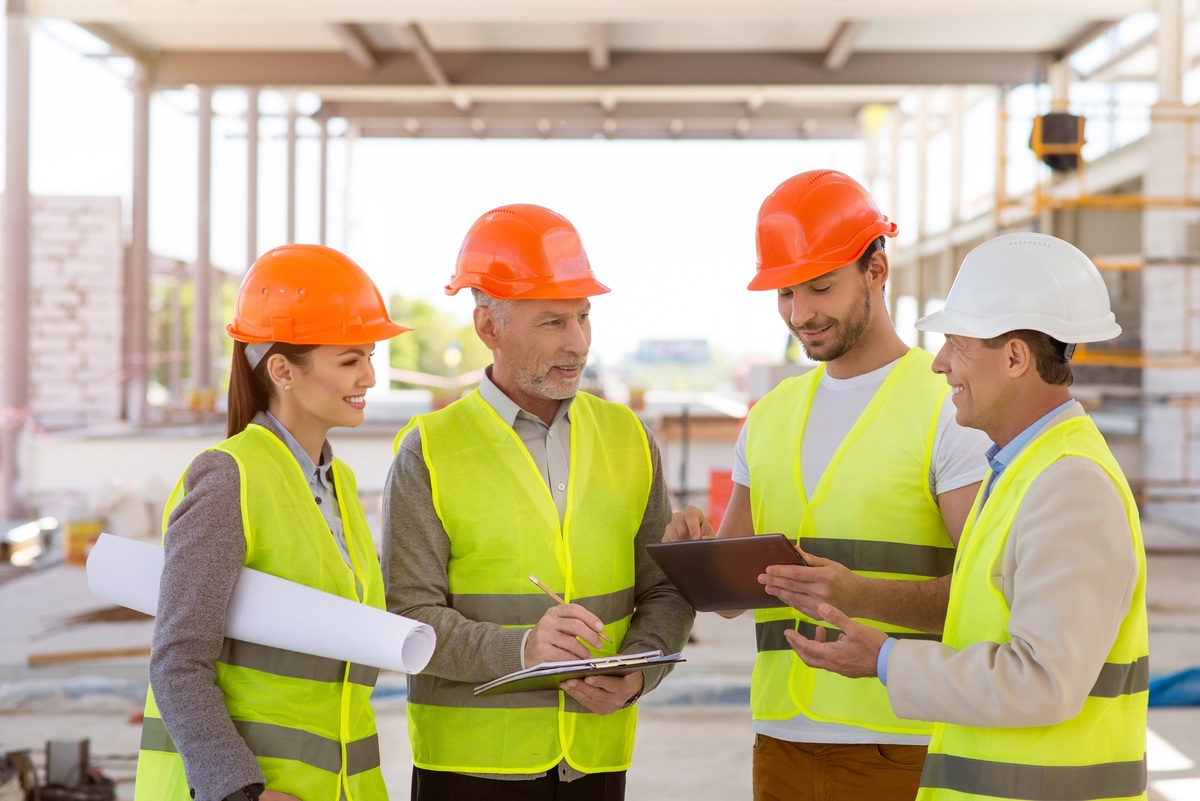
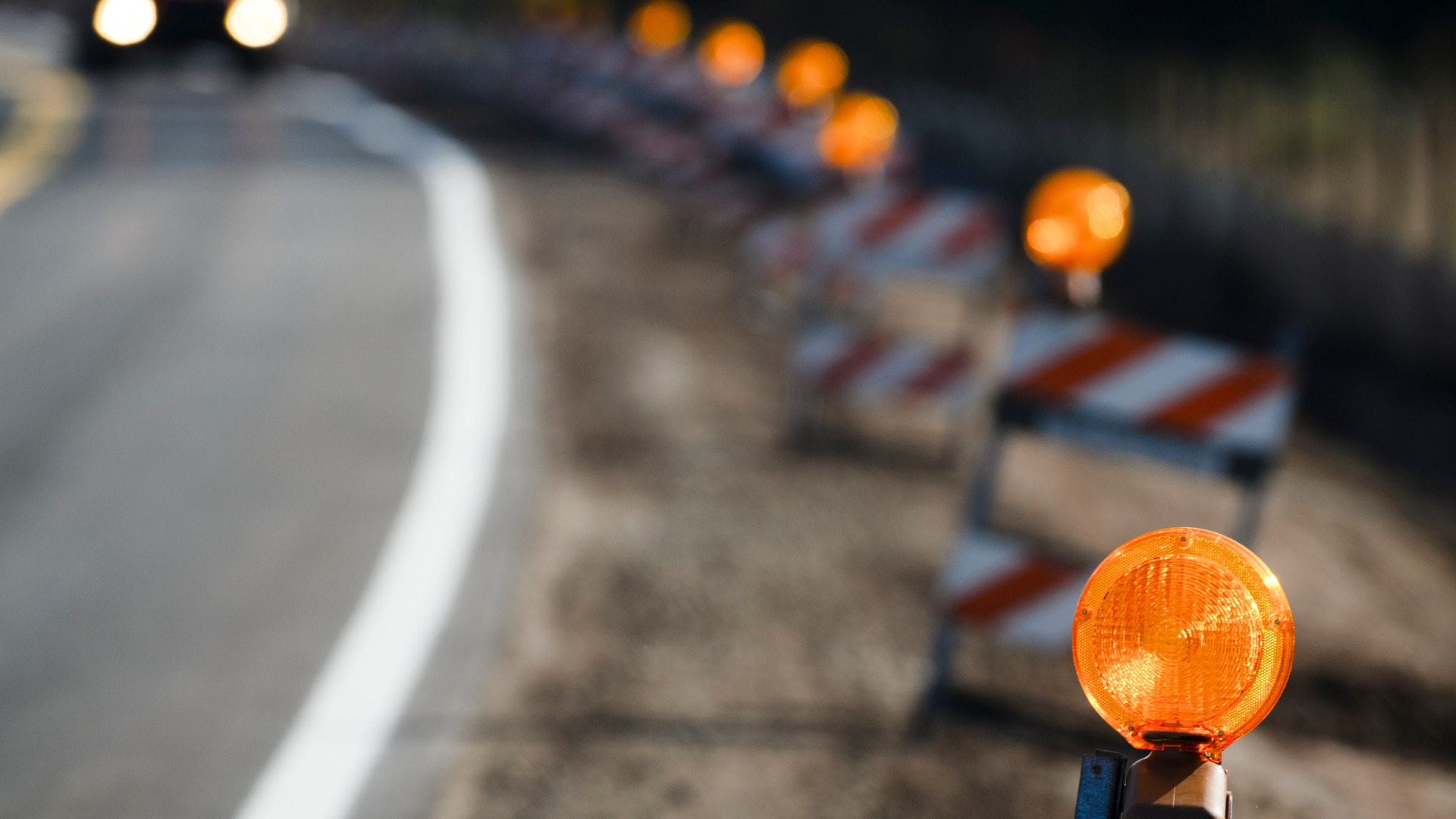
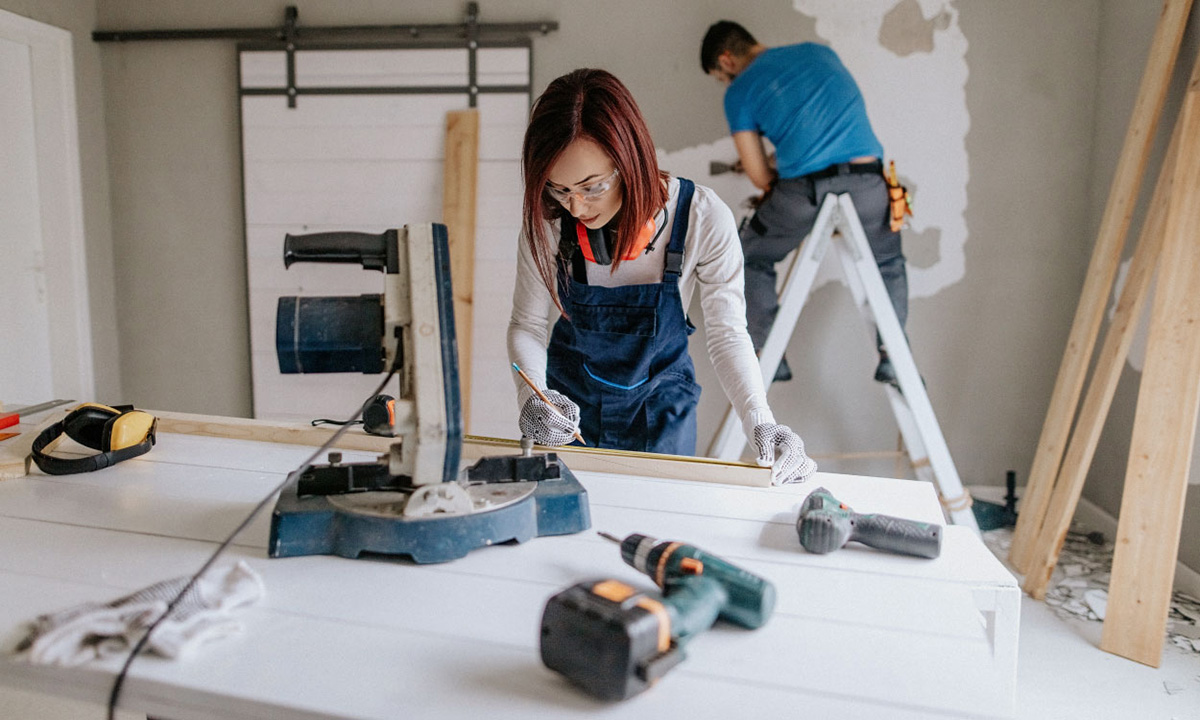
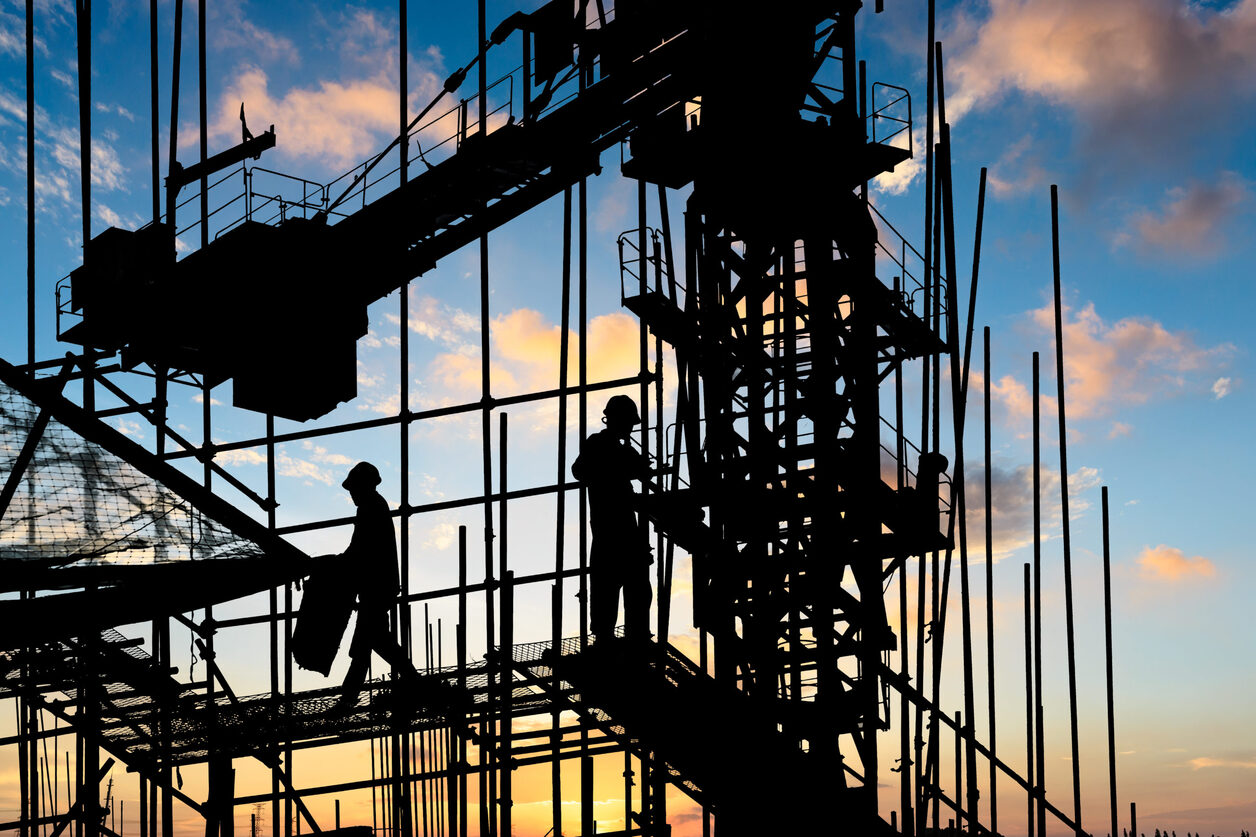
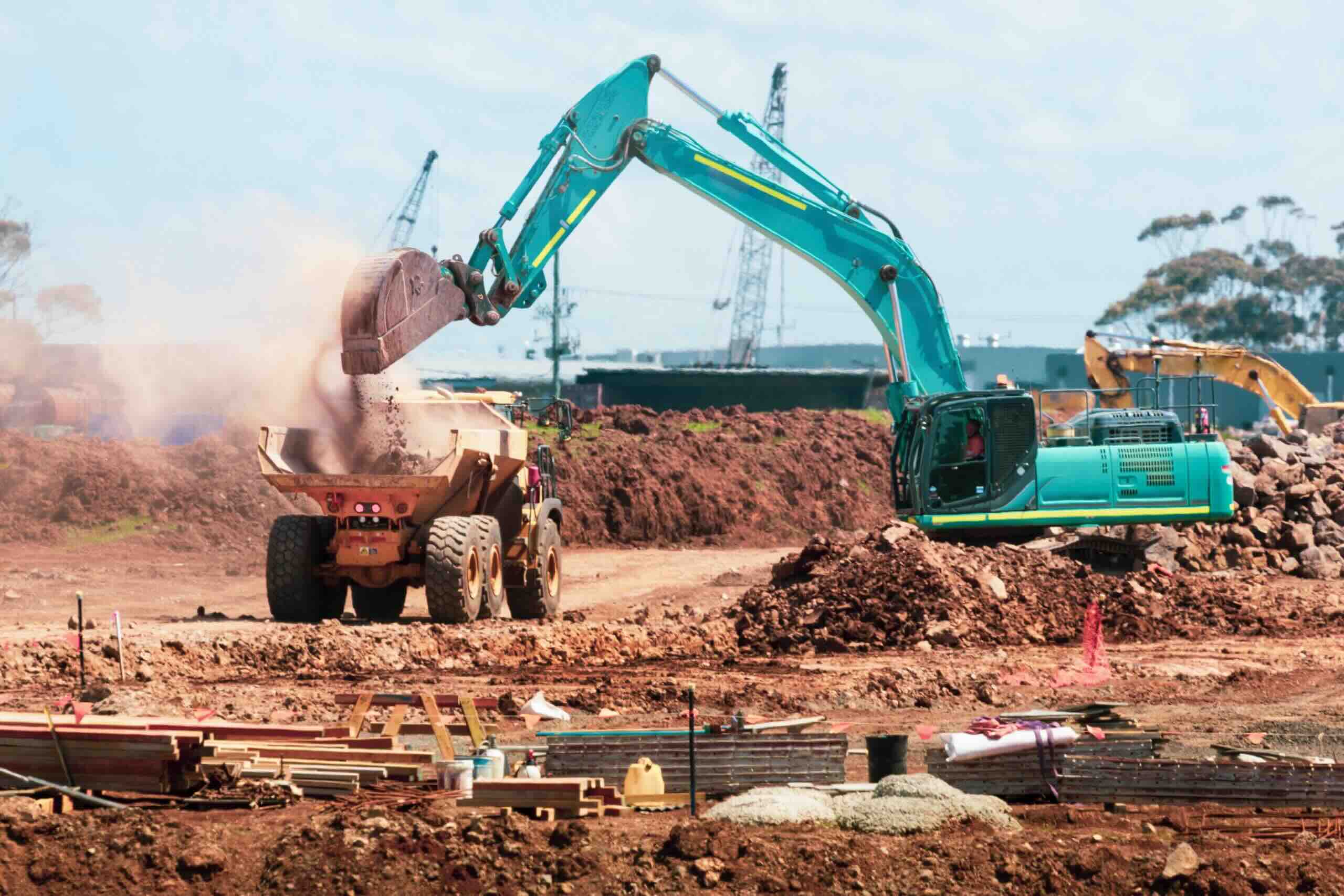

0 thoughts on “How To Avoid Slips, Trips, And Falls In The Construction Industry”